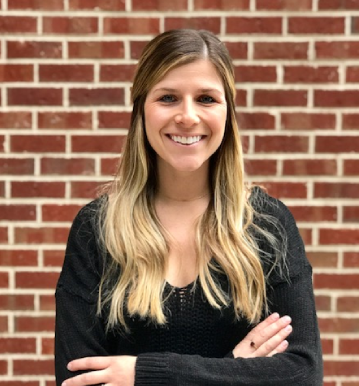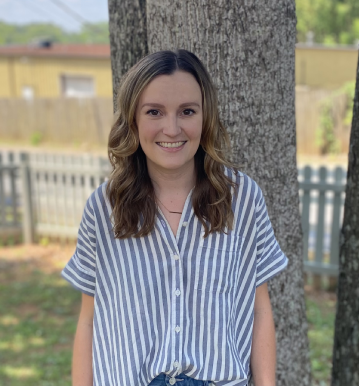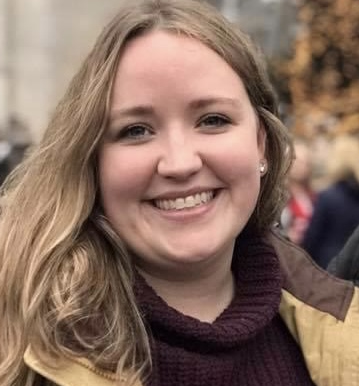Pediatric Speech Therapy Glossary of Terms
Apraxia of Speech
Motor disorder that impairs the sequencing of speech sounds. Errors are unpredictable, and “groping” for the right sounds / words may be observed. Acquired apraxia may result from stroke, head injury, brain tumor, toxins or infections. Developmental apraxia is present at birth. Speech may be delayed and feeding problems are sometimes Present.
Articulation Disorder
Mispronunciation of speech sounds characterized by sound omissions, substitutions, distortions and additions.
Auditory Processing Disorder
Refers to the brain’s recognition and interpretation of speech and non-speech sounds and affects the processing or interpretation of information. Children may show difficulty with attention, following directions, listening, academic performance, behavior, syntax, vocabulary, reading, writing and spelling. The cause is often unknown; however, it may be associated with dyslexia, attention deficit disorder, autism, specific language impairment or developmental delay.
Augmentative Communication
Supplementation or replacement of speech through the use of aided or unaided techniques. Unaided communication can include sign language, gestures and finger spelling. Aided communication can include computer-based systems that support verbal and written communication.
Autism
Developmental disability characterized by significant differences in the areas of social competence and communication skills. Individuals typically demonstrate a narrow range of interests, repeatedly engage in specific activities and experience difficulties in processing sensory input from the surrounding environment. Common behaviors include a tendency to avoid social contact, become upset by changes in routine, and inability to communicate effectively.
Echolalia
Constant repeating or parroting of what has been said by others. Individuals with autism or Tourette syndrome commonly exhibits echolalia.
Expressive Language Delay
Difficulty with verbal expression. Symptoms can include word finding difficulties (anomia), misnaming items (dysnomia), deficits in syntax (word order), semantics (word meaning) and morphology (changes in verb tense), problems in retelling a story or relaying information and inability to start or hold a conversation. An expressive disorder may be delayed (pattern of development is slow, but normal) or disordered (language is slow to develop and sequence of development and pattern of errors is atypical).
Oral Motor Difficulties
Problems with chewing, sucking, blowing or making specific speech sounds. Signs and symptoms may include low muscle tone in the face, open mouth posture, drooling, oral sensitivity, unclear speech sounds and feeding difficulties.
Parroting
Type of communication that involves repeating back to the sender almost the identical message that has been received. Some children with autism parrot phrases heard from earlier conversations or television programs.
Pervasive Developmental Disorder
Characterized by severe and pervasive impairment in several areas of development including reciprocal social interaction skills, communication skills, or the presence of stereotypical behavior, interests and activities.
Phonological Delay
Phonology is the science of speech sounds and patterns. A phonological delay occurs when children have not learned the rules for combining sounds in words and create their own. This affects classes of sounds rather than individual sounds. For example, a child may voice all voiceless consonants such as p, t, and k, and pronounce them as b, d and g. Phonological disorders may significantly reduce speech intelligibility and can place children at risk for future reading and learning disabilities.
Receptive Language Delay
Difficulty understanding language, symptoms can include difficulty following directions, decreased comprehension, limited vocabulary, poor understanding and difficulty attending to spoken language.
Sign Language
Method of communicating using hand gestures. Individuals with a hearing loss often use this form of language.
Stuttering
Speech disorder marked by disruptions in the normal flow of speech. These disruptions, also called dysfluencies, often include repetition or prolongation of sounds, syllables or words. Stuttering may be accompanied by eye blinks, tremors of the lips or jaw and tension in the head, neck and shoulder. Stuttering generally begins in childhood, and its exact cause remains unknown. Someone growing up with a stutter may experience discrimination, rejection, failure and ridicule. These factors can erode confidence and self-esteem and be a source of embarrassment, distress and frustration. Because of this, people who stutter often avoid speaking situations. While most children outgrow their stuttering, there are a number of risk factors that indicate a child may not recover without speech therapy:
- Family history of stuttering
- Child is unable to get words out or stretches out sound in words
- Child frequently repeats whole word or parts of words
- Speech begins to increase in volume and pitch during stuttering moments
- Child has other speech / language delays
- Child displays frustration when stuttering
- Child avoids speaking situations
- Stuttering persists beyond 6 months and increases in severity
Tongue Thrust
Orofacial muscular imbalance in which the tongue pushes against the teeth while swallowing or at rest. Also known as “reverse” swallow, it may result in misalignment of teeth and distorted speech sounds.
Voice Disorder
Any deviation in pitch, intensity, resonance or quality that renders a person’s voice “abnormal” to the listener. A voice disorder may be secondary to a number of underlying causes including overuse, neurologic disorders, trauma, surgery, cancer, psychological difficulties, or viral and bacterial conditions.
- The above information was obtained from Cincinnati Children’s Hospital website.
www.cincinnatichildrens.org
Give Us a Call
(404) 547-0825
Email Us
@brighthorizonstherapy.com
Visit Our Office







